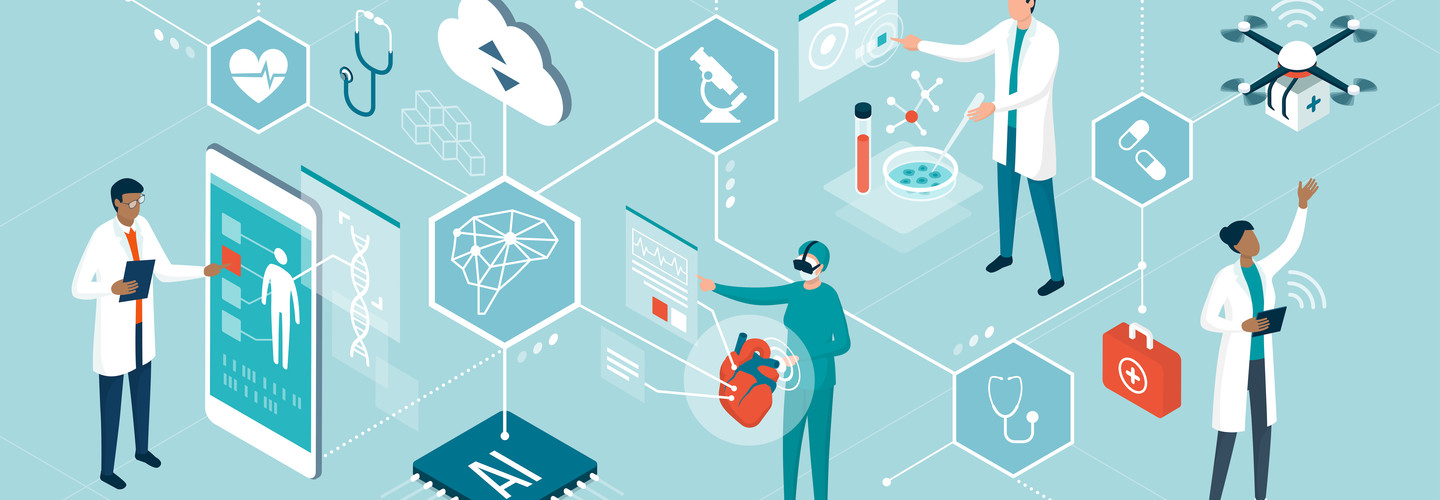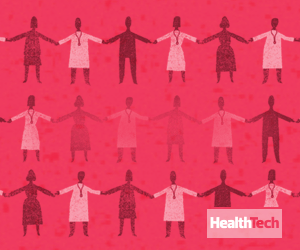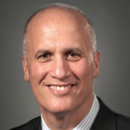Today, the healthcare CIO’s role is in constant flux, with these executives consistently looking for the latest and best opportunities that might help them be more agile to meet business needs. And while this could be easily attributable to the ongoing public health crisis, the CIO’s role was changing long before its onset.
Prior to the outbreak of coronavirus in the United States, healthcare CIOs were leading various initiatives to improve the patient experience while aligning closely with the needs of healthcare staff.
To get a better understanding of the CIO’s primary role in healthcare — both before and during the pandemic — we spoke with CIO John Bosco of Northwell Health, the New York–based health system that treated over 13,000 coronavirus patients in just two months.
In our recent conversation, we asked Bosco about his background in IT, his leadership philosophy and what healthcare IT leaders should keep an eye on going forward. Here’s what he had to say:
HEALTHTECH: What do you find most challenging about trying to improve the patient experience while also aligning with the business needs of healthcare staff?
I think the No. 1 challenge is healthcare economics. Provider-based health systems like ours are always challenged economically. We have to be as smart and as judicious as we can be in terms of the investments that we make and how we prioritize them.
Second, from a cultural point of view, healthcare can be a little bit slower to adapt to change. You have to always be promoting it and educating people about the benefits of why change is good and why, as an organization, you will die without constantly changing and innovating. Those are challenges that you have to continue to reinforce.
READ MORE: Discover three trends set to influence healthcare as staff return to work.
HEALTHTECH: What are some of the projects that you’re currently focused on at Northwell?
We have a couple hundred new investments in IT that we’re going to make in the coming 12 to 18 months.
I think that data and analytics is a continual investment area; for example, using real-time analytics of the Big Data lakes with self-service analytics for a very diversified set of requirements and needs, including research, and so on. All of that continues to occur. We want to create a health system that is a data-driven organization, which is a job that's not completed yet in most places.
Building peripheral apps around our electronic medical records that enable clinicians to collect information in an easier way than getting it out of an EMR is very important to us too.
We have built apps in Microsoft Teams that allow our physicians to query our EMRs. A physician can be in Teams and be on a conference call with other physicians about a patient. They can be looking at images and be speaking or chatting with each other while at the same time, they can be verbally querying data out of the EMR as they’re having that consultation with one another. That’s just one example of how we’re making EMRs work better for them.
HEALTHTECH: What is your personal leadership philosophy, and how do you see it fitting into the overall mission of Northwell?
I think it’s to create and sustain a high-functioning, high-performing IT workforce that’s engaged and motivated. We have two customers in IT: We have patients, and we have clinicians, and we have to serve both of them.
On the physician and clinician side, it’s about how we provide them with the best tools and the best information that we can so that they can take the best care of patients.
READ MORE: Is disruption a key part of healthcare evolution? Learn how it guides one CEO's vision.
On the patient side, it’s about how we acquire them, retain them and interact with them in a way that provides convenient access to care and convenient access to information that they require about their care. All the components that you have to slug through as a patient — finding a doctor, finding the right care, making an appointment, checking in and out, viewing your information afterward — we want to make that as convenient and easy as possible.
A lot of that is done through digital apps, which is another one of our major investments — a digital patient experience that provides exactly what I just said.
HEALTHTECH: In general, what would you say is the most pressing challenge facing CIOs today?
I think that there’s quite a lot of challenges to manage. There’s cybersecurity, economics, innovation, the changing healthcare landscape, and growth and expansion. But the confluence of all of those things is really what makes the role fun and challenging.
HEALTHTECH: How do you see the health IT landscape changing now due to the pandemic?
I think that landscape was changing rapidly and significantly prior to the pandemic. I think the pandemic highlighted some of those things, but it also brought to the forefront other things.
For example, telehealth came of age during the pandemic. Now it’s here to stay. I think that for quite some time it will remain only one component of a patient’s care, but the need to communicate effectively with patients became really important.
Along with that, the digital patient experience, the consumerism trend that has been happening over the past few years, I think was really emphasized more during the pandemic. Those things were happening before the pandemic, but maybe they’re going to accelerate now in its wake.
The same thing with data and analytics. It was really important before, but especially for a big health system like this, we needed real-time data of many types to have an effective response to the crisis. We needed to know in real time what was going on in all 19 of our hospitals. Without that kind of real-time data, we never would have gotten through it.
HEALTHTECH: What should CIOs keep an eye out for going forward?
Everything is continuing to change. In the wake of the pandemic, CIOs need to be focused on the fact that it’s not back to business as usual. Things have changed or have been emphasized as a result of the pandemic, and it’s a new world order. So they have to ask themselves, “How do we function in that new world order?”
It’s about increasing digital connections with patients, more real-time data and analytics, more care in the home. I think that CIOs need to look at these trends and stay focused on them. Focus on where healthcare is going and where technology is going — emerging technologies like sensors and Internet of Things devices — and how that technology can enable and support physicians and patients in a different way on a daily basis.











